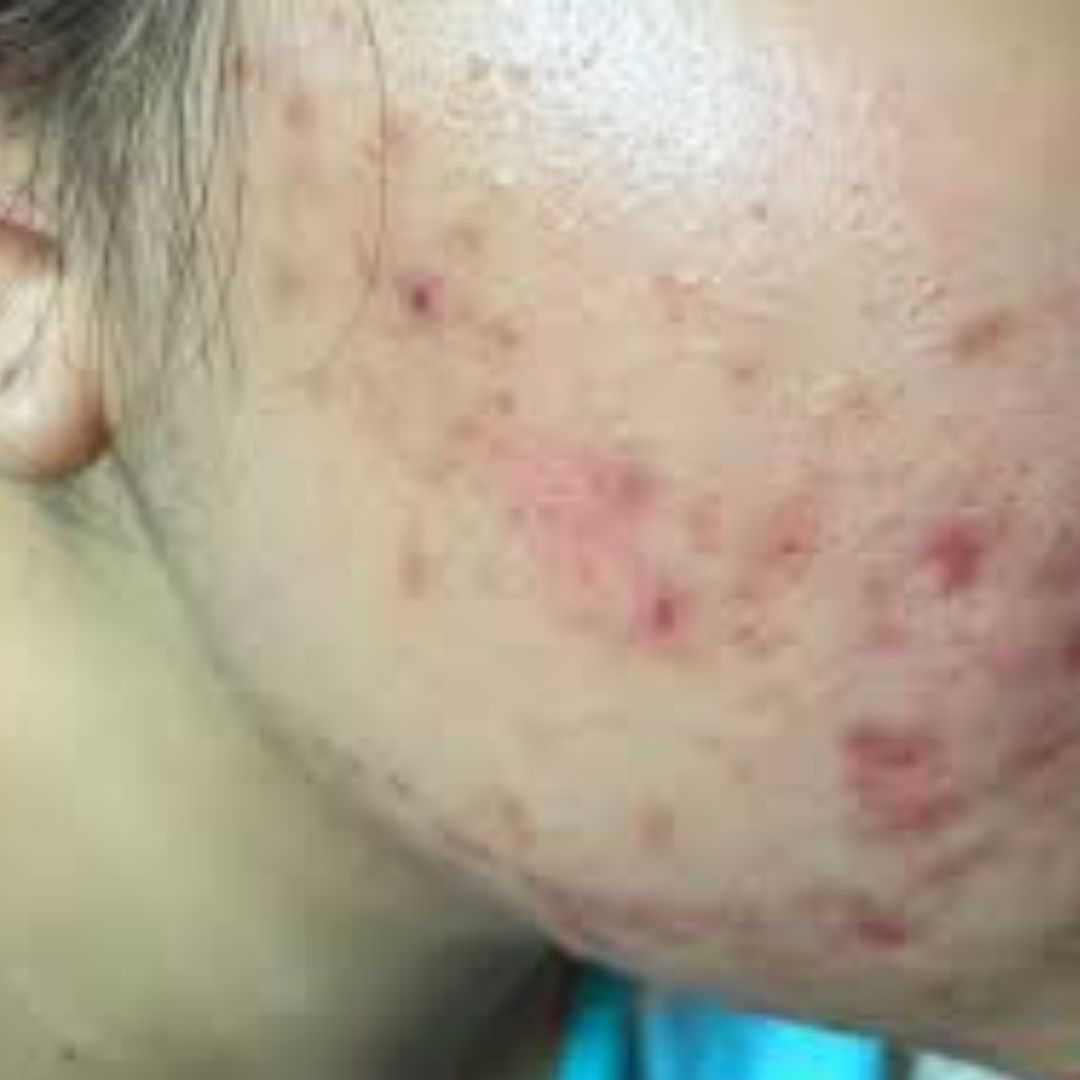Benzaclin, a topical medication containing benzoyl peroxide and clindamycin, is a powerful tool for combating acne. If you’ve been prescribed Benzaclin, integrating it effectively into your skincare routine is crucial for maximizing its benefits and minimizing irritation. Here’s a guide to help you achieve clear, healthy skin:
Start Slow and Gentle:
Benzoyl peroxide can be drying and potentially irritating, especially for first-time users. Begin by applying the medication once a day, at night, to assess your skin’s tolerance. If dryness or irritation occurs, reduce usage to every other night or even every third night until your skin adjusts.
Cleanse Wisely:
Before applying Benzaclin, cleanse your face with a gentle, fragrance-free cleanser. This removes dirt, oil, and impurities, allowing the medication to penetrate more effectively. Avoid harsh scrubs or cleansers containing salicylic acid or glycolic acid, as these can further dry or irritate your skin.
Moisturize, Moisturize, Moisturize:
Benzoyl peroxide’s drying effects are well-documented. To counteract this, incorporate a fragrance-free, oil-free moisturizer into your routine. Apply it both morning and night, and more frequently if your skin feels particularly dry.
Sun Protection is Essential:
Benzoyl peroxide can increase your skin’s sensitivity to sunlight. Daily use of a broad-spectrum sunscreen with SPF 30 or higher is non-negotiable. Apply sunscreen liberally after allowing your Benzaclin application to dry completely. Reapply sunscreen every two hours, especially if you’re sweating or spending extended time outdoors.
Patience is Key:
It can take several weeks to see noticeable improvement with acne treatment. Be patient and consistent with your routine. If you experience significant irritation or no improvement after eight weeks, consult your dermatologist to adjust your medication or skincare approach.
Alternative Application Methods:
Short Contact Therapy: If you experience significant dryness or irritation, consider short contact therapy. Apply the medication for a short period (30 seconds to 1 minute) and then rinse it off thoroughly. Gradually increase the contact time as your skin adjusts.
Moisturizer Buffering: This technique involves applying a thin layer of moisturizer to your face before using the acne medication. This can help create a barrier and minimize dryness.
Lifestyle Considerations:Diet: While not a direct cause of acne, certain foods can exacerbate breakouts. Consider limiting sugary and processed foods, and focus on a balanced diet rich in fruits, vegetables, and whole grains.
Stress Management: Stress can worsen acne. Techniques like meditation, yoga, or deep breathing exercises can help manage stress and potentially improve your skin’s health.
By following these steps, you can effectively incorporate this acne-fighting medication into your skincare routine and achieve clearer, healthier skin. Remember, consistency is key! If you have any concerns or questions, don’t hesitate to consult your dermatologist.













